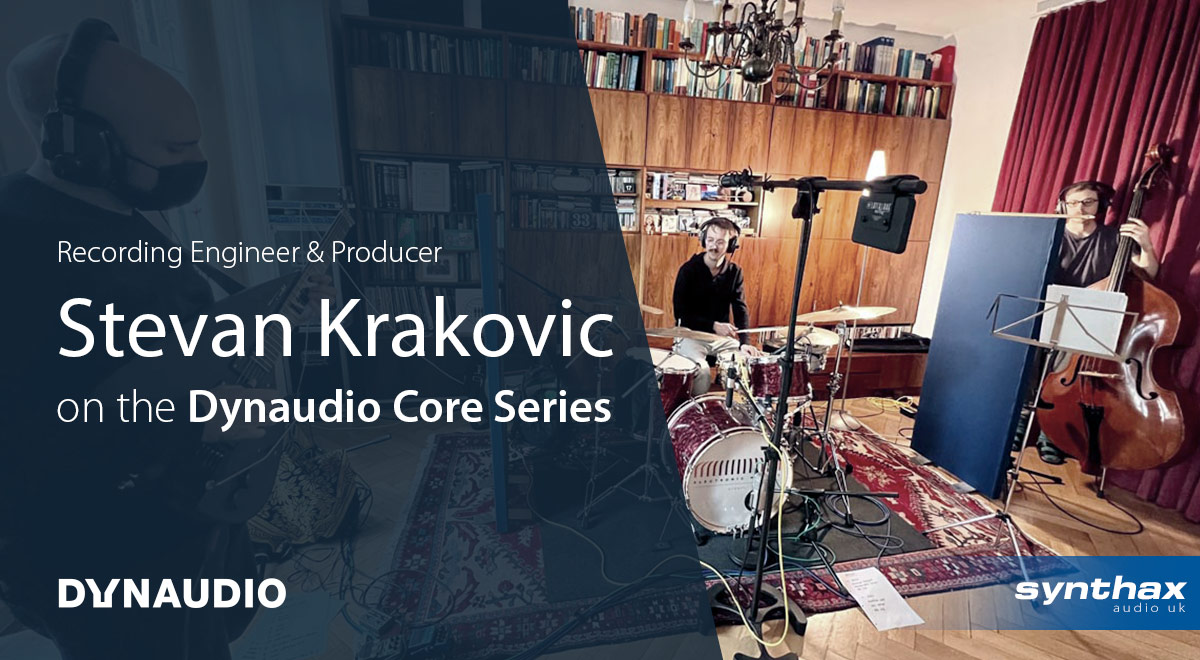
Stevan Krakovic is a Recording Engineer and Music Producer whose two-decade career spans a huge variety of popular styles and genres.
You name it, chances are he’s recorded and mixed it: Grunge and alternative rock? Check. German electronic music? Check. Underground UK Hiphop? Check. Jazz? Classical? Cabaret? Check, check, check.
Having first moved to the UK from Germany to study music technology in London, Stevan got his start engineering in studios like the legendary Cowshed Studios, whose hallowed halls are responsible for releases from the likes of Boy George, Carl Barat, Charlotte Church, Jamie Cullum and The Blockheads.
These days, Stevan mainly splits his time between the UK and his own Electronic Memory Studio in his native Frankfurt (Germany), which he recently upgraded with Dynaudio Core Series monitors.
We caught up with Stevan to find out what gear he uses in the studio; his tips on recording with vocalists; and what he feels is most important in sustaining a lasting career as an audio engineer.
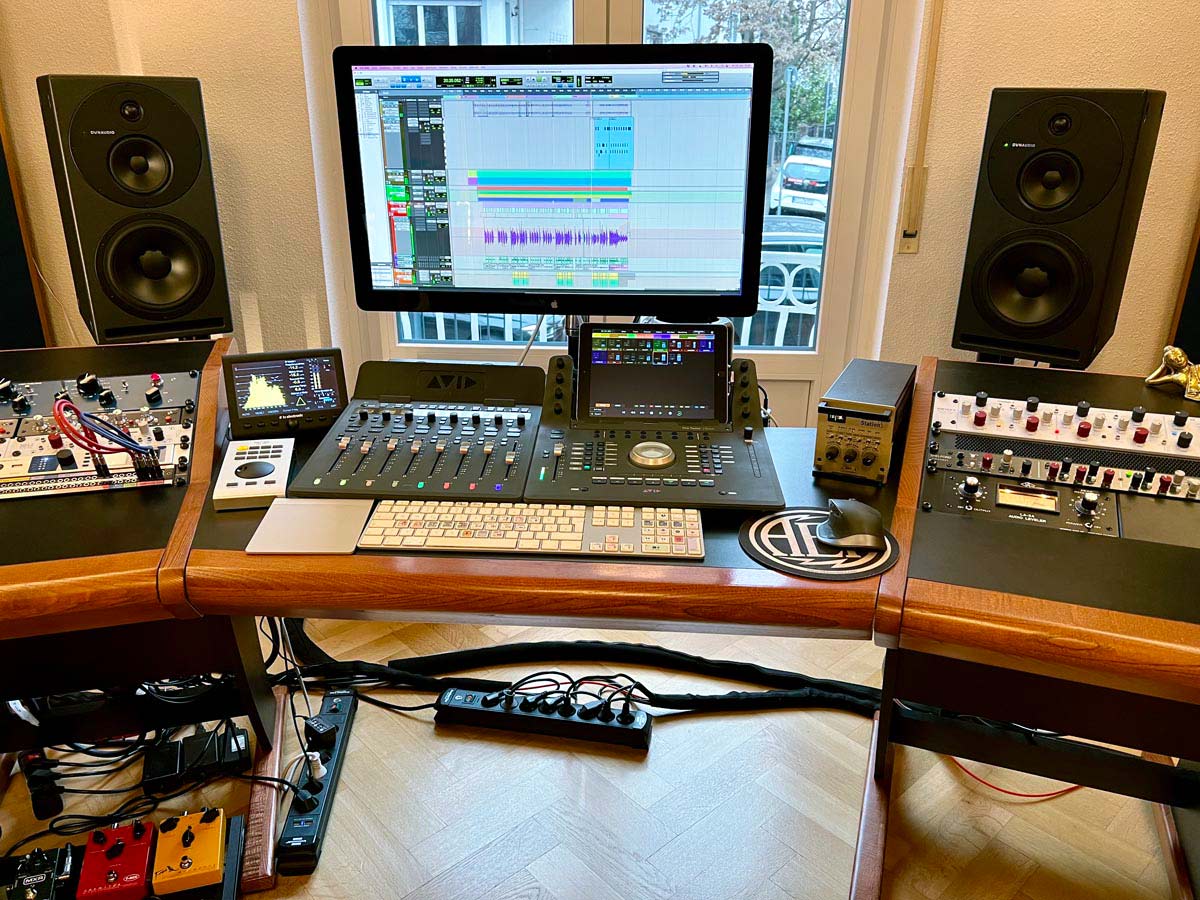 Wu-Tang Clan Ain’t Nuthing ta F’ Wit
Wu-Tang Clan Ain’t Nuthing ta F’ Wit
“I’ve worked with many different artists over my roughly 20 years as an engineer,” Stevan tells us. “Bands like Wolf People – who are good friends of mine – Danny Toeman, Phoebe Katis, Monelise amongst many others.”
“I am also known for my work in the UK and German electronic music and underground Hip-Hop scenes – recording, mixing and producing for artists like Jehst, Skriblah and Kyza (Terra Firma). Then there’s the long list of alternative rock and folk records – Ramshackle Union Band, Paul Mosley, The Din, as well as a number of Jazz records and film soundtracks.”
As someone who’s dedicated his life to the pursuit of recording and mixing, we wanted to know what keeps Stevan motivated after so many years?
“Working with a wide range of different and interesting people, and helping them make great music!” Stevan exclaims.
“For me it’s all about listening to the artist’s goals, and helping them make the strongest record possible. I’ll guide them in the process, helping them to use their strengths and overcome any weaknesses. I also have a strong network of many great session musicians I can call upon when needed, to help artists get the sound they want on their record.”
Stevan’s ability to capture the distinctive style of each artist is evident throughout his work – no surprises therefore that his studio talents have been sought after by such a diverse collection of artists.
This includes Katie Birtill, whose jazz album Baby, Dream Your Dream (mixed by Stevan) went straight to number one on the iTunes Jazz charts.
Another name that caught our eye on Stevan’s client list was Wu-Tang Clan’s Ghostface Killah. Essential listening for any hiphop fan, the group’s debut studio album Enter the Wu-Tang (36 Chambers) is regularly cited as one of the best rap albums of all time. What was it like to hear the unprocessed, raw vocal tracks of a hiphop legend through his own speakers?
“Yes that’s definitely one of my highlights!” Stevan reminisces. “I am a big Wu-Tang fan, so when another client of mine put me forward for the job I was obviously very happy about it.
“Honestly, never in my wildest teenage dreams would I have imagined I would one day get to work on vocals from the real GFK! He has such an incredible energy to his voice, and it was amazing listening to the raw vocal stems and beginning to apply EQ and compression. Is that even allowed? Haha!”
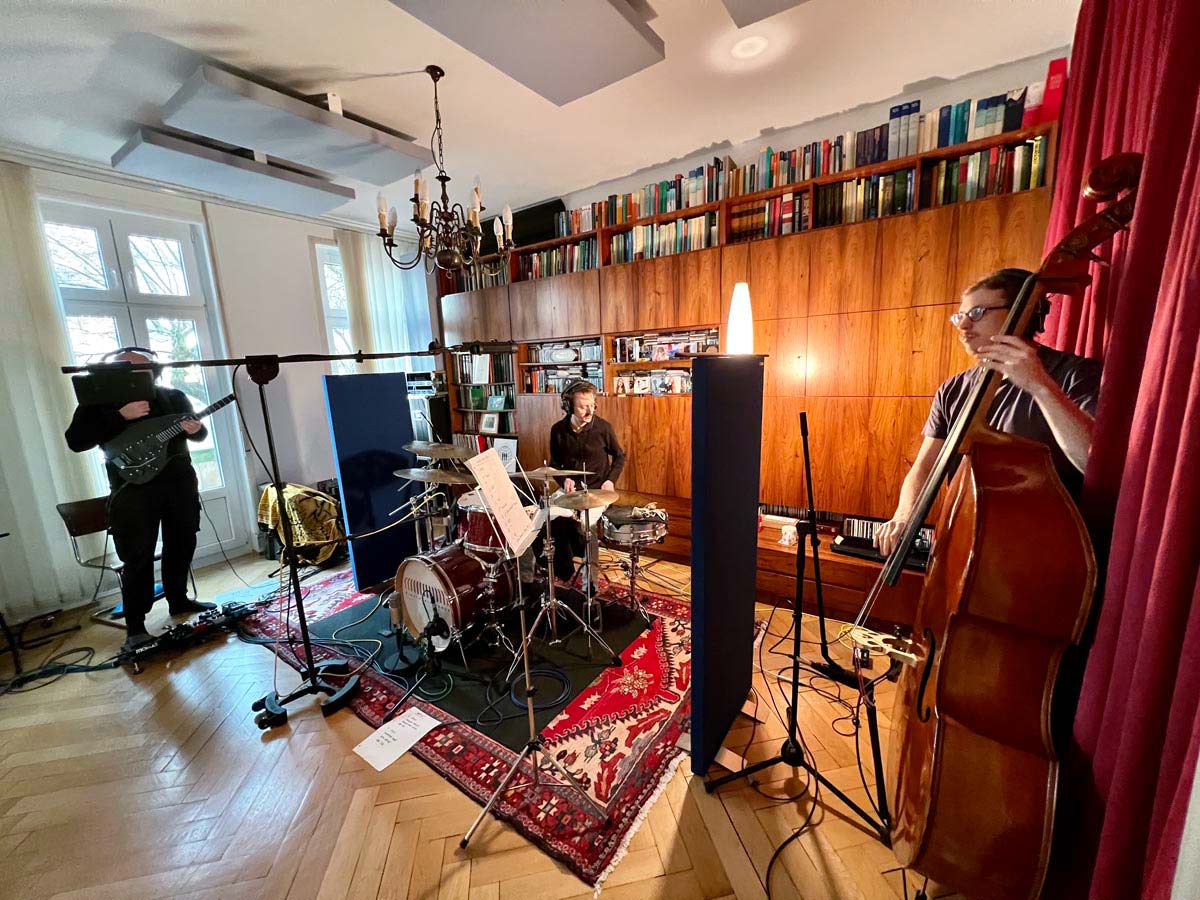 From clients to long-lasting friendships
From clients to long-lasting friendships
Stevan attributes much of his longevity in the industry to the long-standing relationships he’s developed over the years, seeing many of the musicians he’s worked with going from clients to people he now calls friends.
In an industry that can be notoriously cut-throat, he sees this as a key part of the engineer’s role. “For me, longstanding friendships have led to work on multiple records, as well as various side projects,” Stevan continues.
“Back when I was studying at Thames Valley University I managed to get a job as a technician for Ealing Studios, so I had the keys to the studios. I used to invite all sorts of artists to record there after hours, which turned into many legendary late-night sessions.
“That was very much the start of my career. Albums by Jehst, Skriblah, Tommy Evans, Sona Family and IRS Kru were recorded there by myself and what would eventually become Wolf People.
“I also met my now long-term friends Tom Mansi & The Icebreakers there – we started a studio in Barnet (Shock & Awe Studios) together, and founded our label Metric Acorn.
“Then there’s the Cabaret acts I’m lucky enough to have worked with, some of London’s finest – Polly Rae, Dusty Limits, Champagne Charlie, Tricity Vogue and Tom Carradine.
“Most of that came through another good friend and long-time musical collaborator Michael Roulston, who is a gentleman and a scholar. A great writer and arranger, as well as a strict and meticulous taskmaster, who brings in the best session musicians only.”
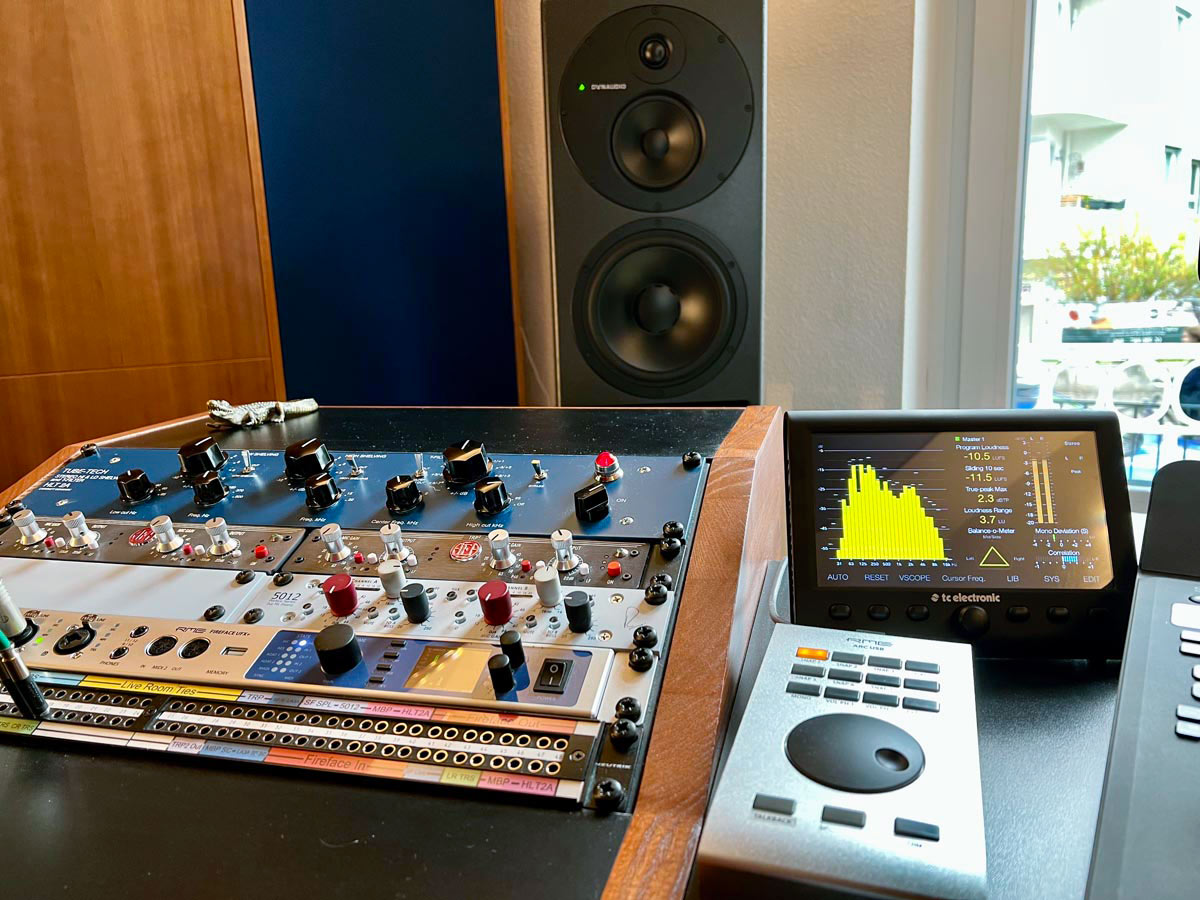 “150% on it” – Recording and mixing Cabaret
“150% on it” – Recording and mixing Cabaret
Cabaret is perhaps one of the more unusual styles we’ve come across in our user stories. A genre that encompasses a wide range of influences, the instrumentation can also be quite varied – piano, brass and strings, to guitars, clarinets, flutes, harmonicas and accordions – not to mention the often unique theatrical vocal performances from its stars.
We were keen therefore to find out what it’s like to work in this disparate and often tongue-in-cheek style of music.
“Working in cabaret is a joy but also hard work, partly because everyone is so 150% on it,” Stevan explains. “There’s no room for mistakes. You also need to be able to read scores, so you know exactly where to punch in if someone says ‘the horns want to do bars 68-72 again’ etc.
“I don’t think I’ve ever done more than two takes of anything on a cabaret session. These guys and girls usually get it on the first or second take – even if they have never heard or played the song before!
“Not only technically perfect, but also with feeling and groove. Maybe we’ll patch in a couple of bars here and there, and we’re done. We once did all 18 songs of a musical in one day. Astonishing.”
Working with a vocalist can be a challenging task. Communication is obviously important, with singers often having a particular way of expressing themselves, and it’s the engineer’s job to understand their musical vision. What tips does Stevan have for working with a vocalist?
“I would say the most important thing is to make them feel comfortable and secure, ready to perform and let go,” Stevan says. “Vocals especially are a very intimate thing, and singers often feel vulnerable.
“For the vocals on the Wolf People album Fain, Jack wanted to record them in a more comfortable setting then a studio. So I took an SM7, my little Rupert Never 5012 preamp and my RME Fireface 400 home, and recorded them in my living room in Muswell Hill (London).
“We had plenty of cups of tea between songs, and we’d chat about the meaning behind each one, to get Jack into the right vibe and mindset.
“Funnily enough, I remember the (very positive) Mojo review at the time giving special mention and praise to the vocal sound and production of the album!”
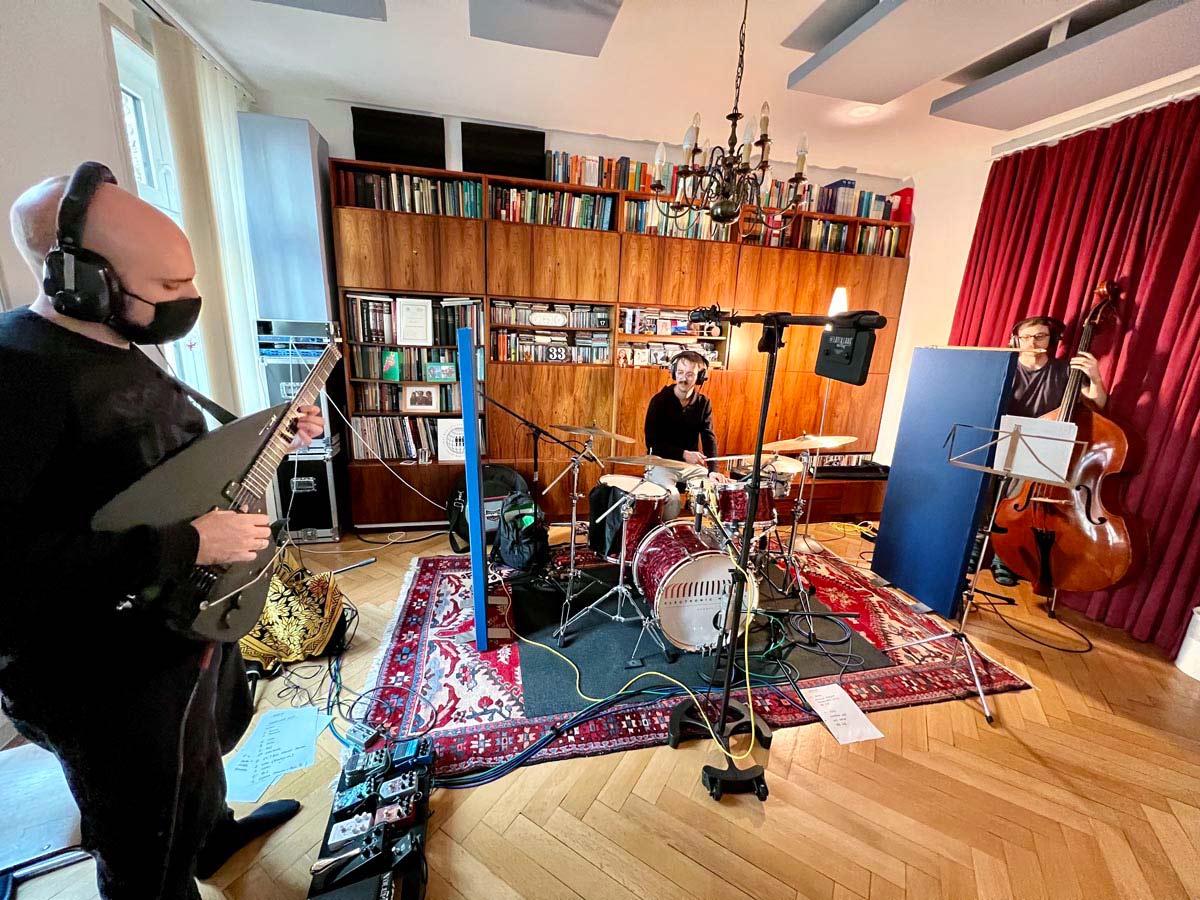
Location Recording and Career Highlights
Whilst Stevan is obviously highly-experienced in traditional studio recording, his flexible skills mean he’s not averse to alternative techniques, or recording in other locations when it suits the material.
“I do enjoy recording on location, as well as old school recording techniques,” he explains. “Much of Fain for example was recorded with a mobile setup, in an old gatehouse near the Yorkshire Dales.
“Then for renowned folk and jazz collective Whiskey Moon Face’s first album, that was all live in one room, with no headphones and no overdubs.
“I think it’s an amazing record, and the recording of it is also quite a story, as it was initially only meant to be a trio EP, with up to six songs recorded over two days.
“The band had originally wanted to record it live at a gig, but my friend and collaborator Rory Carlisle and I persuaded them to record live in the studio – in a circle and without headphones – to get a live as possible feel, but with some control over the sound.
“As the first day went by, the studio bell kept ringing, and more and more musicians turned up. I think at some point we had up to ten musicians in there. So we kept adding more and more mics.
“By the end of the second day we’d recorded 22 songs! So it ended up being one album and one EP, which I kept mixing over the next couple of months.”
Whilst Stevan humbly says that credit for the album should really be given to the incredible talent of the musicians, he still takes great satisfaction from his involvement, and says he still enjoys listening to the album to this day.
“I’m especially proud of that album,” Stevan says whilst reflecting on a few personal highlights from his career. “Myself and Rory somehow managed to capture their amazing free spirits in less than three days, which sounds beautiful and true to their sound. That is more their work than mine really, as they are such amazing players, but I am still proud of it, and still listen to it regularly. Lovely people and great music!”
“One other really proud moment for me came last year, when working with another great new artist that had contacted me. I asked her why she chose me, and she said ‘Mick Glossop recommended you’.*
(*Producer and Engineer for artists like Van Morrison, Frank Zappa, Tangerine Dream, Public Image Ltd and Delroy Washington.)
“For anyone who knows Mick, not only is he a fantastic engineer and a great guy, but he also has one of the most critical ears you will ever meet,” Stevan continues.
“Apparently, he was famous for being feared by many a studio assistant, who worried they might not be able to live up to his very high expectations. So, to be personally recommended by him felt like I had just been knighted.”
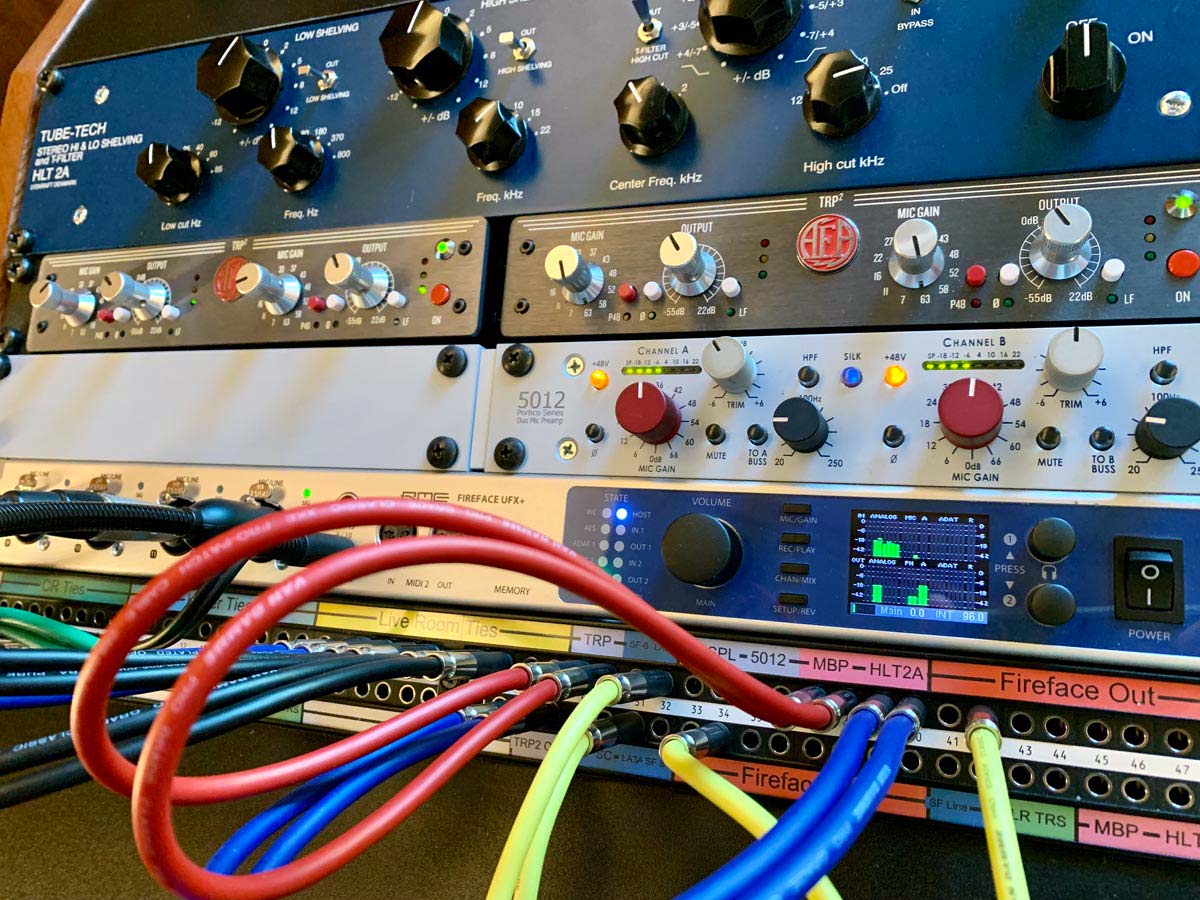 “Unashamedly digital” – In the studio with Stevan Krakovic
“Unashamedly digital” – In the studio with Stevan Krakovic
When it comes to his studio setup, Stevan says that these days he is “unashamedly digital”.
Although ‘analogue sound’ is often praised as superior – with the early days of digital no doubt hindering the medium’s reputation – Stevan affirms that the versatility of modern digital audio cannot be overlooked, and he has no doubts about it sounding equally exceptional when executed correctly.
“I always use the best mics, preamps and compressors on the way in,” Stevan explains on the subject of analogue vs digital. “And most importantly the best musicians, with good instruments in a good sounding room.
“If you get it right at source, digital will capture it and you will have a winner! At the end of the day, it’s all about the song, musicians, room and instruments.
“My favourite instrument has to be my old 70s Telecaster,” Stevan says regarding his favourite bits of gear. “A friend of mine left it at my Studio in London years ago after a session, and told me to look after it. Then he wanted to sell it a couple of years later, but by that time I had fallen in love with it, so I had to keep it haha.
“In terms of studio gear it’s probably the Rupert Neve MBP (Master Buss Processor), UA LA3A compressor or my Neumann U47 FET. Everything sounds better through them.
“At my Electronic Memory Studio in Frankfurt, everything is based around a trashcan Mac Pro running Pro Tools through an RME Fireface UFX+ audio interface and an RME Octamic XTC microphone preamp.
“Along with a good selection of front end and mix bus outboard – the previously mentioned Rupert Neve MBP and Universal Audio LA3A, Shelford Channel and 5012 preamps, Tube Tech HLT2a EQs etc. And of course, my Dynaudio Core speakers.”
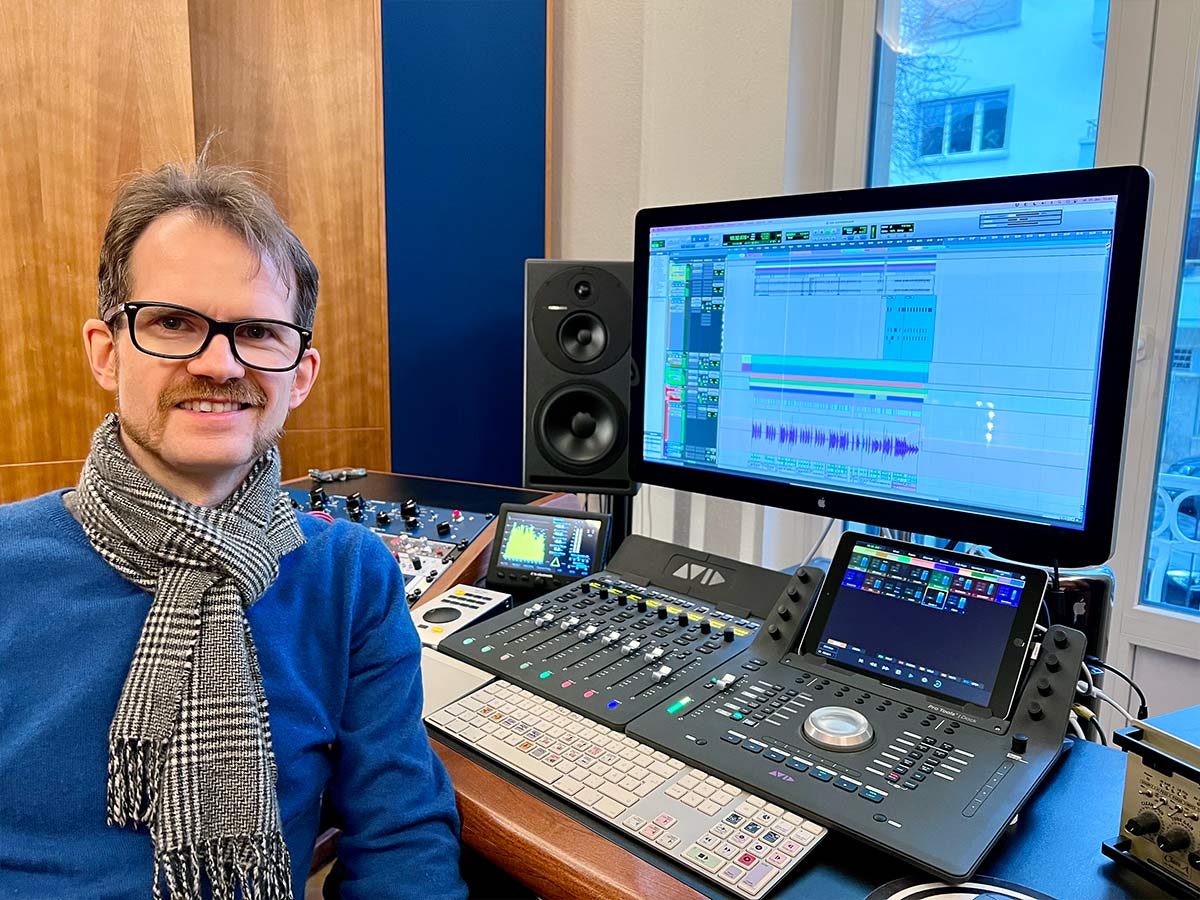 “Honest sound with lots of detail”
“Honest sound with lots of detail”
As someone with so much experience in the studio, we were interested to know what Stevan looks for in a studio monitor.
As it transpires, Stevan has a long history of using Dynaudio speakers, a recurring theme we’ve found with Dynaudio PRO users.
“The first studio I worked in had the original Dynaudio BM6s,” Stevan says. “I have used and owned many other speakers since then from all the usual suspects, many of which are great speakers, but I somehow always come back to Dynaudios.
“When it came to my own space, I was monitoring for many years with a pair of Dynaudio Air 20s and an Airbase 12, which I loved, before recently upgrading to the Core 59 & Core Sub.
“I had the room designed by the legendary Fritz Fey, so acoustics are top notch, very flat but still not too dry, with a reflexion free zone at the front. And with the Dynaudios in there, I can really hear everything that’s going on.
“I somehow always come back to Dynaudios”
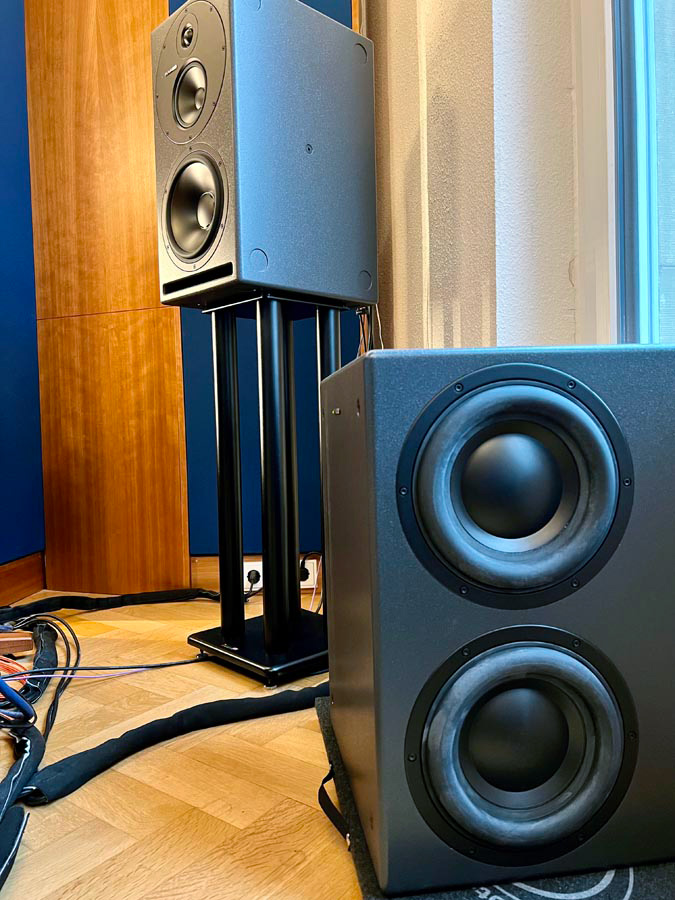 “The Core Speakers are definitely an upgrade on the Airs, with even more detail in the midrange, and the Core Sub is really another level of precision.
“The Core Speakers are definitely an upgrade on the Airs, with even more detail in the midrange, and the Core Sub is really another level of precision.
“They also work very well with RME’s Totalmix FX software and ARC USB as a monitor controller. To be honest I was a little bit worried I might miss the excellent Dynaudio Air remote control, but the RME ARC works just as well with the Cores.
“They really are very accurate – you can hear every detail – which is obviously most important. Just great, honest sound with lots of detail, but also very natural sounding.
“But they’re also pleasant to listen to, which means you don’t get burned out so easily when working on them, and I’ve found I’m comfortable working long hours on them when I need to.”
Our thanks to Stevan Krakovic. If you’d like to get in touch with Stevan about his recording, mixing and mastering services, visit his website at www.stevankrakovic.com.
To find out where to buy Dynaudio studio monitors in the UK, visit our Dynaudio UK Dealers page.
Additional Links:
Find out more about the Dynaudio Core Series





















